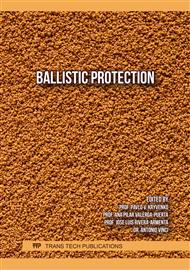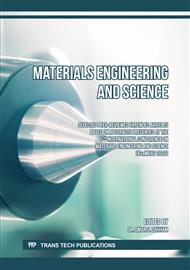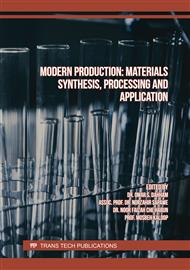p.29
p.39
p.47
p.57
p.69
p.79
p.87
p.99
p.107
The Effect of Filler and Fiber Type on the Behavior of Body Armor Composite
Abstract:
This research investigates the behavior of different reinforcement materials on the mechanical and ballistic properties of a hybrid composite, where two types of reinforcement in different combinations based on the Taguchi technique. Two different methods can be used to analyze different properties, bigger is better when it comes to the impact strength and hardness of the composite making the specimen that containing the highest value of impact strength belonged to (22.5% Kevlar, 30% E-glass, 1% Silicon carbide and 2% Titanium carbide)combination, while the highest value of Hardness came from (30% Kevlar, 15% E-glass, 1% Silicon carbide and 1% Titanium carbide). While smaller is better when we refer to the ballistic penetration depth under high speed impact, and the smallest depth of the backface signature came from (15% Kevlar, 15% E-glass, 2% Silicon carbide and 2% Titanium carbide) combination.
Info:
Periodical:
Pages:
69-77
Citation:
Online since:
December 2022
Authors:
Price:
Сopyright:
© 2022 Trans Tech Publications Ltd. All Rights Reserved
Share:
Citation:




